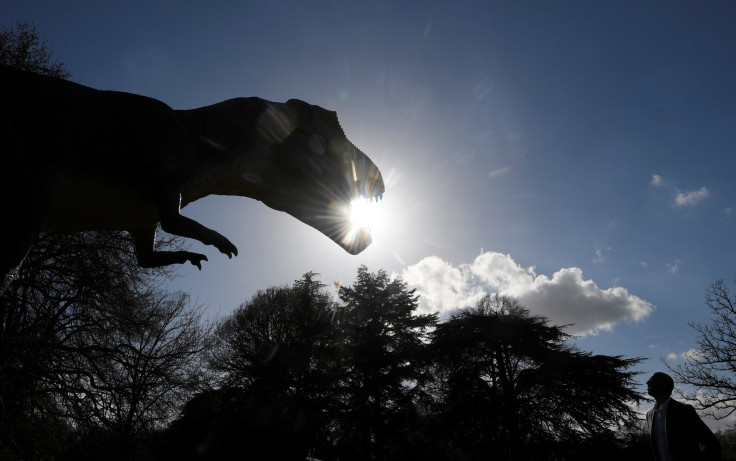How Did Predatory Dinosaurs Hunt? Teeth Examination Reveals Prey Choice, Bite Technique

Dinosaurs went extinct more than 65 million years ago, but their eating habits are still being understood. Some land-dwellers fed on plants and bushes and went about their lives, but there were also a few that feasted on smaller animals like the famous theropod Tyrannosaurus rex.
The immense scale and diversity of these predators could have meant strong competition for other meat-eating dinosaurs living at the same time. However, a recent teeth examination of Coelurosaurian dinosaurs or bird-like theropods from the Upper Cretaceous period — between 100.5 and 66 million years ago — hints at a completely different story.
"All these dinosaurs were living at the same time and place, so it is important to know if they were competing for food resources or if they were aiming for different prey," Angelica Torices of Universidad de La Rioja, Spain, said in a statement.
The researcher originally wanted to match tooth remains with their respective dinosaur species, but soon, she started examining how the animals used those teeth in the past.
Working in conjunction with colleagues from the University, Torices studied several bird-like theropods that once lived in modern-day Spain and Canada and found they were not in direct competition for their prey most of the times. The patterns of wear or small-scratches witnessed on their blade-like teeth suggested the animals followed a very similar hunting technique, but their targets were mostly different.

The group witnessed parallel and oblique scratches on the teeth of all subjects included in the study. This revealed that they first used to bite onto the target and then pull its head backward with jaws closed. In addition, they also found that different tooth shapes behaved differently if the biting angles were changed.
This led Torices to posit that “in general, predatory coelurosaurian dinosaurs bite in the same way through a puncture-and-pull system, but troodontids and dromaeosaurids may have preferred different prey." According to the researcher, the former preferred implying lower bite forces and targeted smaller, softer, or immobile animals, while the latter — with teeth less likely to fail at different angles — were well adapted to eat struggling, larger preys and or to consume bone pieces as part of the meal.
That said, the group is now working on detailed jaw and teeth models to better understand the biting process.
"Through this work we [can] begin to understand the interactions between these predatory dinosaurs in the ecosystem a bit better," the researcher said.
Understanding the eating habits of these animals could shed more light on their lives, as well.
Just a few weeks back, a study revealed that many plant-eating dinosaurs were already on the brink of extinction before the massive asteroid that wiped more than half of the life on Earth, including dinosaurs, struck.
The latest study, titled “Puncture-and-Pull Biomechanics in the Teeth of Predatory Coelurosaurian Dinosaurs,” was published April 26 in the journal Current Biology.
© Copyright IBTimes 2025. All rights reserved.




















